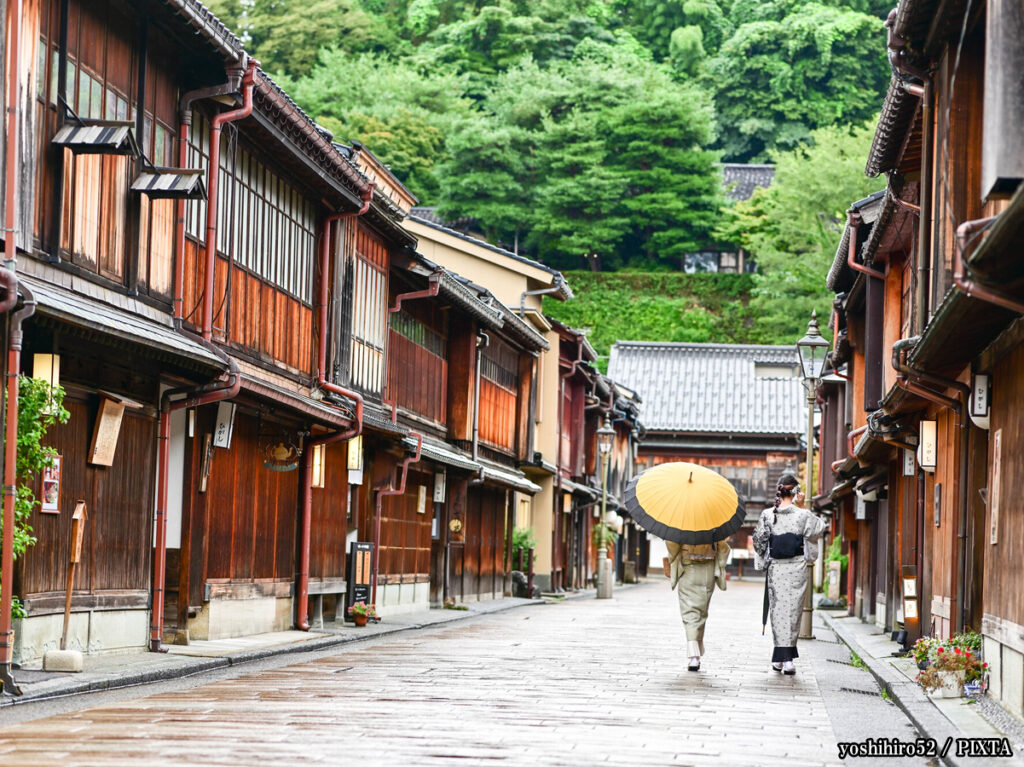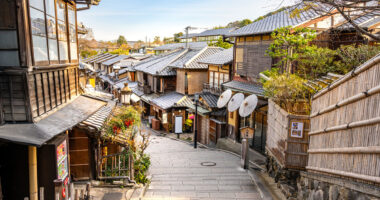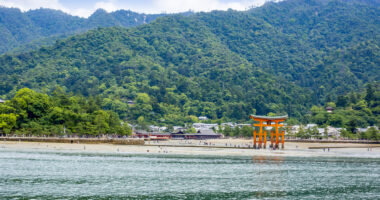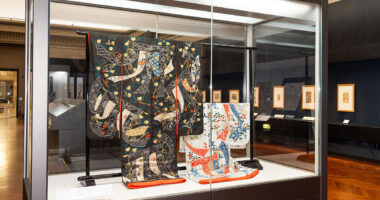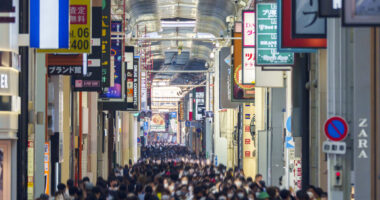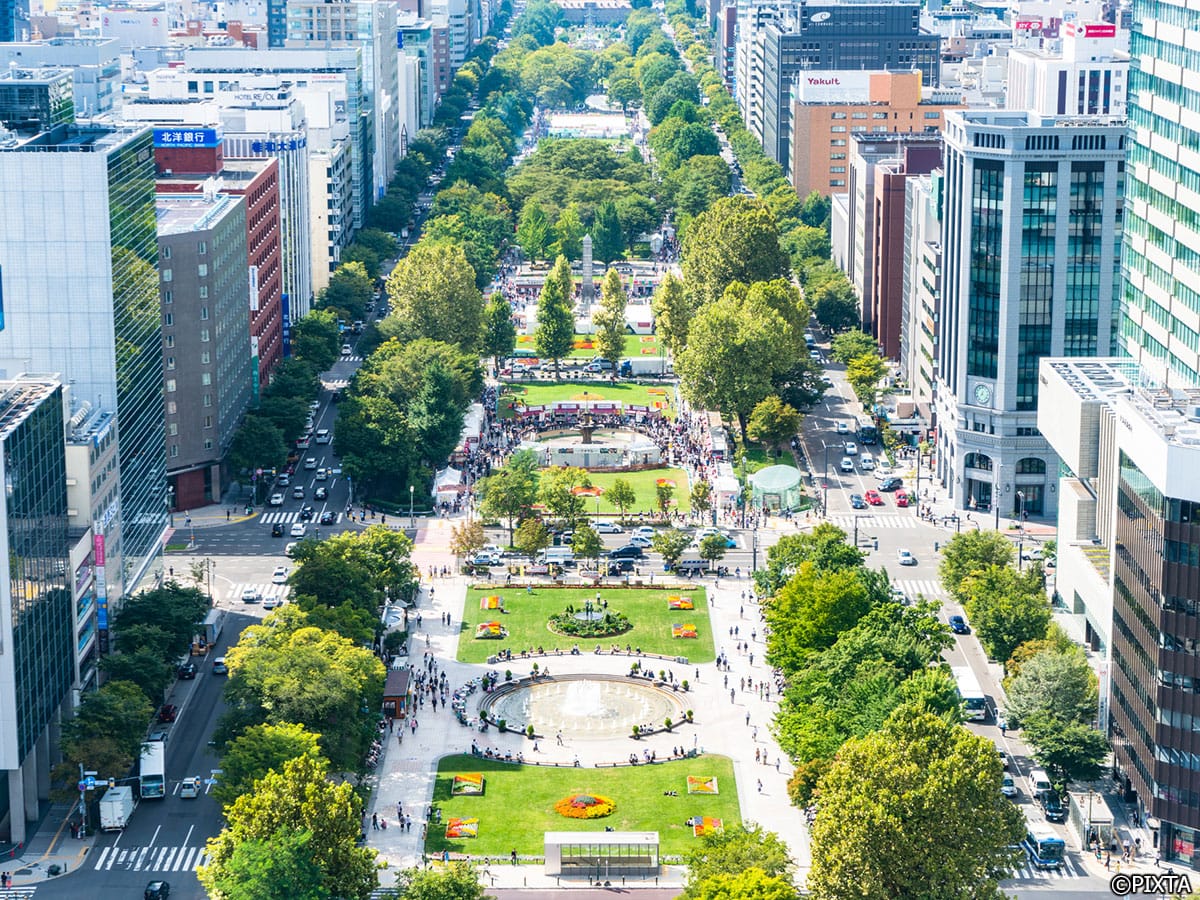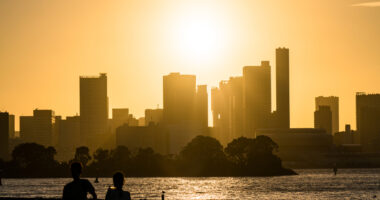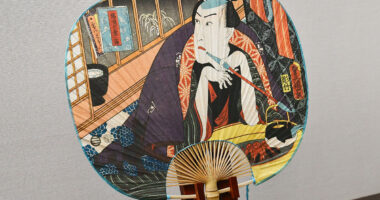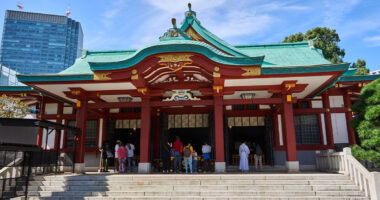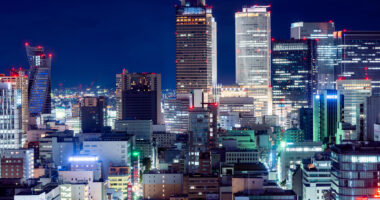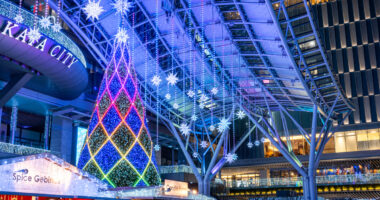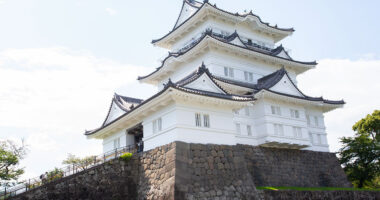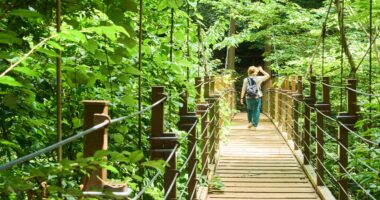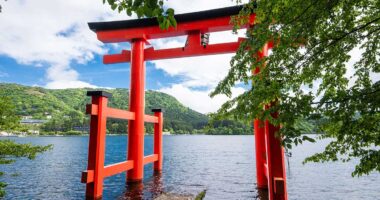Ishikawa Prefecture, a captivating destination on Japan’s Sea of Japan coast, invites travelers to discover an exquisite blend of profound traditions, celebrated artistry, and breathtaking natural beauty. Journey through its diverse landscapes, from the historic charm of Kanazawa and the serene grandeur of Mount Hakusan to the dramatic coastal and cultural areas of the Noto Peninsula, promising an authentic and truly memorable Japanese experience.
This remarkable region offers a unique spectrum of journeys. While southern areas, including its vibrant capital Kanazawa and the magnificent Mount Hakusan, remain largely unaffected and fully accessible following the January 2024 Noto Peninsula Earthquake, the Noto Peninsula presents a powerful story of community and resilience as it actively rebuilds from the event.
To truly appreciate Ishikawa’s rich tapestry, let’s begin by exploring its foundational cultural heritage.
Step 1: Start with Ishikawa’s cultural foundations
A glimpse of samurai heritage
Before heading out to explore the natural wonders, take time to appreciate Ishikawa’s historical richness. The region was once part of the powerful Kaga Domain, second only to the Tokugawa Shogunate in terms of wealth and influence. This legacy lives on in the form of preserved samurai districts, traditional tea houses, and refined crafts.
- Gold leaf artisanship:
Ishikawa produces over 98% of Japan’s gold leaf. Visitors can see artisans at work in towns like Kanazawa and learn about the meticulous handcrafting techniques passed down through generations. - Kutani ware ceramics:
Recognized for their vivid colors and elegant motifs, Kutani ware is a must-see for craft enthusiasts. Workshops and local museums often host live demonstrations. - Access tip:
Many cultural spots are reachable from Komatsu Airport or Kanazawa Station by local train or bus. Renting a car is recommended for visiting smaller towns and exploring regions like Mount Hakusan with greater flexibility.
Step 2: Head north to the Noto Peninsula
Rugged coastlines and timeless villages
The Noto Peninsula stretches into the Sea of Japan like a curled finger, offering a slower pace and stunning coastal scenery. It’s a paradise for those craving both nature and nostalgia, though parts of the region are currently undergoing significant rebuilding after the recent earthquake. Always check official local sources for the latest information on specific sites you plan to visit.
- Wajima:
This northern town is famous for its lacquerware traditions and the Wajima Asa-ichi (morning market), which has a history of over 1,000 years. It was affected by the disaster, but as of June 2025, it is operating in a temporary location, albeit on a reduced scale. The famed Wajima-nuri lacquerware artisans continue their craft amidst ongoing rebuilding efforts. - Senmaida rice terraces:
Located in Shiroyone, these terraced rice fields overlooking the sea are especially photogenic at sunset. While impacted by the disaster, as of June 2025, they are undergoing restoration efforts by local communities and remain a powerful symbol of resilience. - Suzu:
At the northern tip, Suzu offers coastal walking paths, remote shrines, and cliffs shaped by the crashing waves. The disaster significantly impacted this area and is undergoing considerable rebuilding; visitors should check local information for current access to specific sites as infrastructure is still being restored.
Transportation
- From Kanazawa: Take the Wajima Special Express Bus from Kanazawa to Wajima (approx. 3 hours) and transfer to the Machino Line if you’re heading further to Senmaida rice terraces (approx. 20 minutes) or transfer at Noto Satoyama Airport (approx. 2 hours 20 minutes) to the Suzu Special Express Bus to Suzu (approx. 50 minutes). You can also take the JR Nanao Line from Kanazawa Station to Anamizu Station (approx. 2.5 hours), then switch to local buses or a rental car.
- Time required: At least 2 days are ideal to cover the region comfortably.
- Avoiding crowds: Visit on weekdays or in early morning hours, especially during the cherry blossom (April) or autumn foliage (November) season.
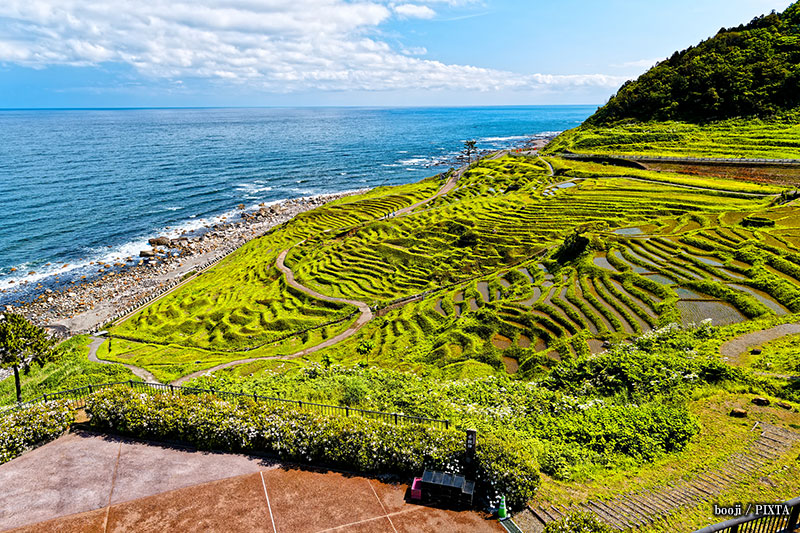
Photo for illustrative purposes
Planning your visit
A multi-day visit is ideal to experience Noto. Always consult official Ishikawa tourism websites for the latest updates on access, road conditions, and facility status, especially for areas under reconstruction.
Step 3: Embrace nature at Mount Hakusan
Sacred peaks and alpine trails
Mount Hakusan, one of Japan’s three sacred mountains, offers spiritual energy, alpine flowers, and unforgettable hikes.
- Hakusan Shirakawa-go White Road:
This scenic driving route opens from June to November and connects Ishikawa with neighboring Gifu. Along the way, expect waterfalls, mountain vistas, and rest spots perfect for a picnic. - Chūgū Onsen:
A peaceful base for hiking, this hot spring village provides traditional inns (ryokan) and rejuvenating baths. - Hiking:
The climb to the summit takes around 6–8 hours round trip, depending on the trail. Best attempted from July to September when snow has melted. - Pro tip:
Always check the weather forecast and wear layered hiking gear. Trailheads are accessible by car or local buses from Hakusan City.
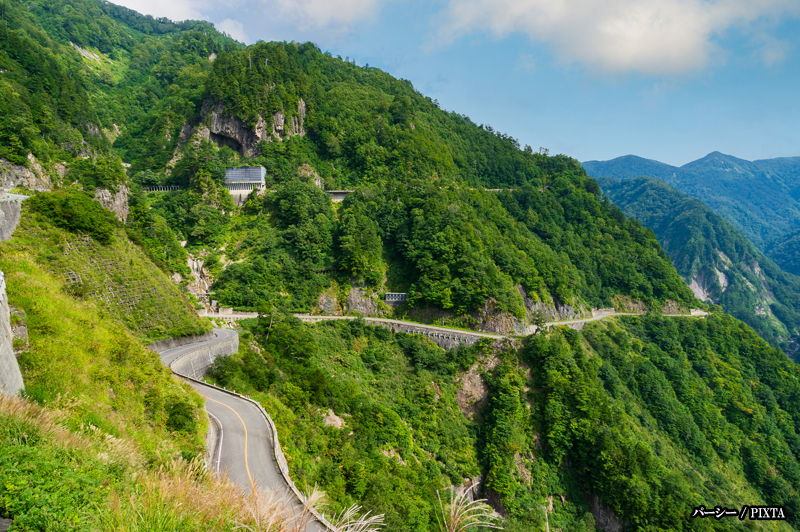
Photo for illustrative purposes
Step 4: Savor the flavors of Ishikawa
From ocean to farm, a culinary delight
Ishikawa’s cuisine is deeply connected to its geography—rich seas, fertile plains, and skilled chefs make every meal memorable.
- Seafood:
Look out for nodoguro (blackthroat seaperch), snow crab in winter, and sweet shrimp served raw. While Kanazawa’s Omicho Market remains a prime spot, coastal towns like Nanao and Wajima, as they rebuild, continue their proud fishing traditions, offering some of Japan’s freshest catches. - Kaga vegetables:
Unique heirloom produce like Kanazawa daikon radish and Kagafuto cucumber make appearances in local dishes. - Sake:
With pure mountain water and cold winters, Ishikawa is home to excellent breweries. Try sake from breweries in Noto or Hakusan for a taste of regional character.
Dining tips
- Business hours: Most local restaurants open from 11:30 am to 2:00 pm and again from 5:30 pm to 9:00 pm.
- Reservations: For popular kaiseki (traditional formal dining) restaurants, booking in advance via hotel concierge or online is recommended.
Step 5: Plan your visit – timing and transportation
Best times to visit
- Spring (March–May): Cherry blossoms bloom in April. The mild climate makes it ideal for walking tours.
- Summer (June–August): Great for mountain hikes and coastal drives. Watch out for rain during the early summer months.
- Autumn (September–November): Stunning foliage around Mount Hakusan and rural villages.
- Winter (December–February): Coastal towns offer snow crab and wintry seascapes. Snowfall may affect travel to mountainous areas.
Getting there and around
- By air: Komatsu Airport (KMQ) serves domestic routes and some international flights. From there, express buses and rental cars connect to Ishikawa’s key areas.
- By train: The Hokuriku Shinkansen (Tokyo to Kanazawa, approx. 2.5 hours) is the most convenient rail access.
- By car: Renting a car is excellent for exploring Kanazawa surrounds and Mount Hakusan. For the Noto Peninsula, it’s essential for flexibility as of June 2025, given ongoing road repairs, potential detours, and infrequent public transport; always check real-time road conditions via official prefectural sources.
Travel tips
- Use IC cards (Suica, ICOCA) for easy payment on trains and buses.
- Check bus timetables in advance—service may be infrequent in rural areas, and Noto Peninsula routes may have altered, limited, or temporarily suspended service due to ongoing recovery efforts.
- If visiting multiple regions, consider the Hokuriku Area Pass for unlimited rides on JR lines for a few days.
- Consider support programs: Periodically check official Ishikawa Prefecture tourism channels for any special programs or discounts offered to encourage visitors to affected regions. Your presence can directly contribute to local recovery.
Closing thoughts
While Tokyo and Kyoto dazzle with big-city lights and iconic landmarks, Ishikawa invites travelers to slow down, savor tradition, and discover a side of Japan that still whispers the stories of old. Whether you’re exploring vibrant Kanazawa, relaxing in a mountain onsen near Hakusan, or witnessing the enduring spirit of Noto’s communities amidst their rebuilding journey, Ishikawa delivers authenticity, depth, and beauty at every turn. If you’re looking for a destination that’s rich in culture, cuisine, and calm, Ishikawa is your next must-visit gem.
